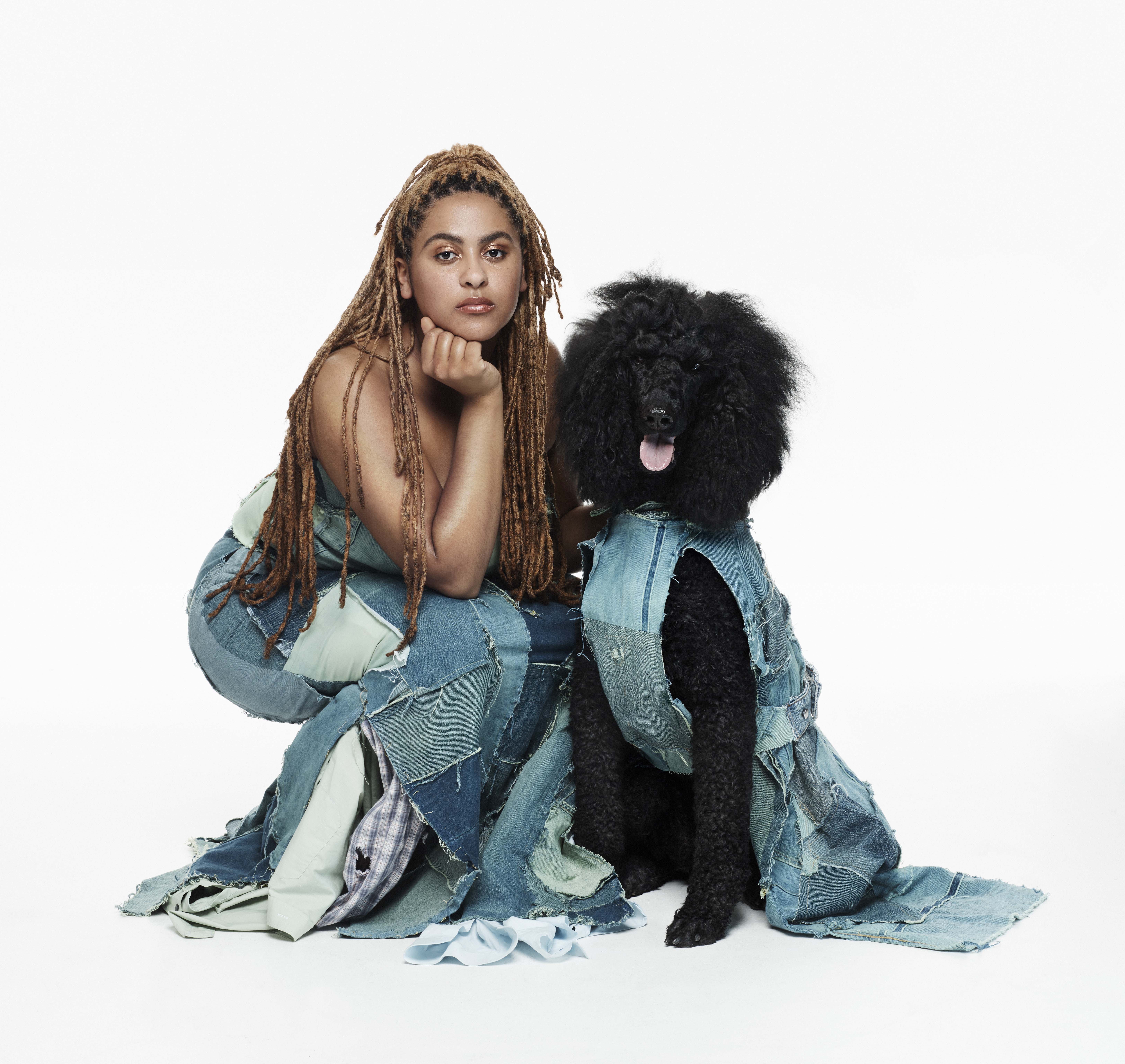Between 1901 and 2020, the global temperature rose by 1°C (1.8°F), and 2021 was the sixth-warmest year on record for the globe. Unfortunately, planet Earth has felt the effects of this, from unprecedented droughts and sea levels rising to glaciers shrinking and changes in water resources.
To combat this, many industries can work towards limiting their natural resource use, reducing toxic emissions and water pollution, and lowering their overall carbon footprint.
One such problematic industry is fashion. However, changes across the clothing life cycle can help create a more sustainable future. Currently, 90 percent of clothes are thrown away before they need to be, and are often discarded after only 10 uses. Unfortunately, 73 percent of unwanted garments end up in landfill or are incinerated. And often, American and European clothing waste is dumped in other countries, like Chile.
Chile has been a bustling port of unsold or second-hand clothes for many years. In fact, it is the second biggest textile importer worldwide, with more than 59,000 tons of clothing reaching the country each year. Sadly, 39,000 tons end up dumped in the Atacama Desert, the driest nonpolar desert in the world and the world’s second-largest graveyard.
So why are fashion leftovers such a problem?
Firstly, it takes a lot of time, energy, and resources to produce, manufacture, and transport these glamorous outfits from the catwalk to your closet. For example, nearly 2,500 liters of water are needed to produce one cotton t-shirt. When these items are prematurely disposed of, these resources are wasted.
Secondly, landfill or incineration of clothing can have a negative environmental impact. Some synthetic fabrics can take up to 200 years to degrade, and when they do they often give off methane gas and leach toxic chemicals into the groundwater.
So, how do we reduce the number of clothes going into landfill or being incinerated?
One way is to increase the lifespan of the clothing itself, and the majority of consumers agree that this is the most sustainable approach. This is backed up by research that shows that by enhancing the lifespan of clothes by an extra nine months, their waste, carbon, and water footprints can decrease by 20-30 percent.
Clothing’s environmental impact can further be reduced with optimized and improved laundry care habits. Currently, 25 percent of clothes’ carbon footprint comes from the way we care for them. One way to improve this is by reducing washing temperatures to 30°C (86°F) or lower. This lower temperature can make clothes last longer (less color loss and less microfibre released), along with saving costs on energy and water.
Unfortunately, despite many social campaigns from various companies for lower washing temperatures, some customer behaviors and thoughts are limiting change. One study revealed that some consumers do not want to change their laundry behavior for fear of ruining clothes. Also, when questioned, nearly half of consumers said they were not confident that their laundry would be properly clean at a lower temperature, some said they would be concerned that a lower temperature would not remove stains, and others said the higher temperature used was out of habit.
This behavior may be the result of outdated knowledge, as over half of people questioned admitted they are on auto-pilot when it comes to washing clothes, and have developed habits that were taught by previous generations.
Over the last few decades, new technology and detergent developments have meant that a colder wash is just as effective when it comes to cleaning fabrics, while also increasing the lifespan of clothes.
Another concern with laundry habits is water consumption. At the moment, laundry accounts for 22 percent of the water used in typical homes in the United States. New technologies can be created to optimize the laundry process, conserving water and being more energy efficient, even at lower temperatures.
Are there other ways to create more sustainable fashion habits?
As trends are evolving, fashion consumers are becoming more aware of the problems in the industry and are actively seeking solutions to climate change. This includes looking out for sustainable fashion options, upcycling old clothes, and thrifting. These options, along with improved washing technology, can all come together to make the fashion industry more sustainable.
Electrolux is a global leader in home appliances and is currently leading the way in sustainable clothing care technology. One innovative sustainable initiative involves collaboration between Electrolux and the fashion design duo Rave Review, which aims to make a statement and spark conversation. Clothes have been taken from the Atacama Desert, unwanted, unused, unloved, and recreated into fashion wonders. Reusing clothing in this manner may be a good solution in future to prevent clothes from going to landfill.

Clothes taken from the Atacama have been given a new lease of life! Image courtesy of Electrolux
“We have always believed that in the future, fashion cannot exist as today. I think we all must change in one way or another. When it comes to fashion, taking care of what we already have is probably the most tangible and easy way to do it,” Livia Schück, co-founder and Creative Director at Rave Review told IFLScience.
Overall, change is happening. Companies like Electrolux are now actively seeking ways to make clothes last twice as long but with half the environmental impact by 2030.
To learn more go to: electrolux.com/breakthepattern.
Video Embed will be placed here.
This article includes sponsored material. Read our transparency policy for more information.
Source Link: How To Take Better Care Of Clothes For A More Sustainable Future